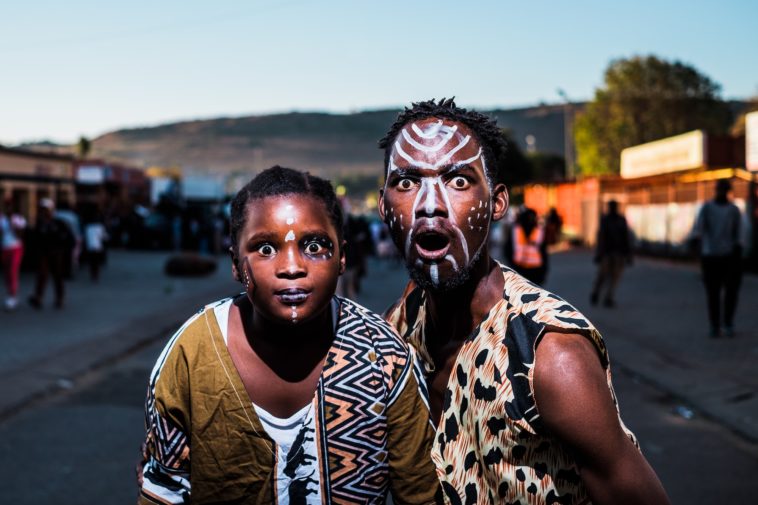Exploring the World of the Daasanach People
The Daasanach tribe is a community primarily found in regions of Ethiopia, Kenya, and Sudan. Predominantly residing near the southern tip of Lake Turkana in Ethiopia's Debub Omo Zone, this community makes up a small but significant part of the cultural tapestry of the region. As per the 2007 Ethiopian census, there were 48,067 Daasanach individuals, constituting just about 0.07% of Ethiopia's total population, with 1,481 of them living in urban areas.
Geographic Location
Table of Important Facts
| Fact | Details |
|---|---|
| Longitude and Latitude | Approx. 4°N 36°E |
| Climate | Arid and Semi-Arid |
| Population | 48,067 (as of 2007 in Ethiopia alone) |
| GDP | No specific data available |
| Official Languages | Daasanach |
| Currency | Ethiopian Birr, Kenyan Shilling, Sudanese Pound |
| Religion | Predominantly Animist |
| Continent | Africa |
Cultural Insights
Language and Communication
The Daasanach people have their own language, also called Daasanach. While it's unique to them, there's a level of understanding and integration with other languages in the region, especially in urban areas.
Lifestyle and Traditions
They predominantly lead a pastoral lifestyle, raising cattle, goats, and sheep. However, due to challenging environmental conditions, some have adopted fishing and small-scale farming as alternative means of sustenance.
Religion and Beliefs
Religiously, the community mainly adheres to animism, a belief system that holds natural objects and the universe itself possess souls. There are also elements of Christianity and Islam, primarily due to external influences.
Economic Structure
Agriculture and Cattle-Raising
The Daasanach economy largely revolves around pastoral activities. They rely heavily on their livestock, both for food and for trade. However, the arid conditions of their homeland have made this increasingly difficult, driving some towards agriculture and fishing.
Trade and Commerce
While the Daasanach people primarily operate within a subsistence economy, they do engage in some form of trade, usually bartering livestock and agricultural products with neighboring tribes and communities.
Demographics and Urbanization
As of the 2007 Ethiopian census, the Daasanach numbered 48,067 individuals. Of these, only 1,481 resided in urban areas. This shift towards urban living could be attributed to several factors, including access to education and healthcare services, as well as economic opportunities.
Challenges and Adaptations
Climate Change and Resource Scarcity
One of the major challenges facing the Daasanach is climate change, which affects their traditional pastoral lifestyle. Increasingly arid conditions and unpredictable weather patterns have led to water and food scarcity, compelling the community to adapt and diversify their means of livelihood.
Key Takeaways
- The Daasanach people primarily inhabit regions of Ethiopia, Kenya, and Sudan.
- They lead a predominantly pastoral lifestyle, enriched by a unique language and cultural practices.
- The community faces challenges such as climate change and resource scarcity, but they are adapting through diversification in agriculture and fishing.
Pros and Cons of Their Lifestyle
Pros
- Close-knit Community: The pastoral lifestyle fosters a strong sense of community and mutual assistance.
- Rich Cultural Heritage: Traditional songs, dances, and rituals are deeply ingrained in their daily life.
Cons
- Vulnerable to Climate Change: Their traditional pastoral lifestyle is severely impacted by environmental changes.
- Limited Access to Modern Amenities: Especially for those in rural areas, access to healthcare and education can be limited.
Conclusion
The Daasanach tribe is an integral part of the cultural and social fabric of Ethiopia, Kenya, and Sudan. Despite facing numerous challenges like climate change and modernization, they continue to hold fast to their traditions while adapting to new ways of life. Their story is a testament to the resilience and adaptability of indigenous communities globally.





